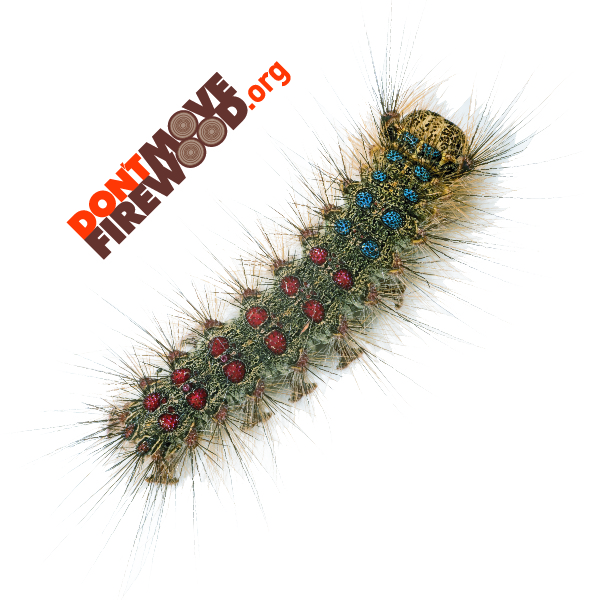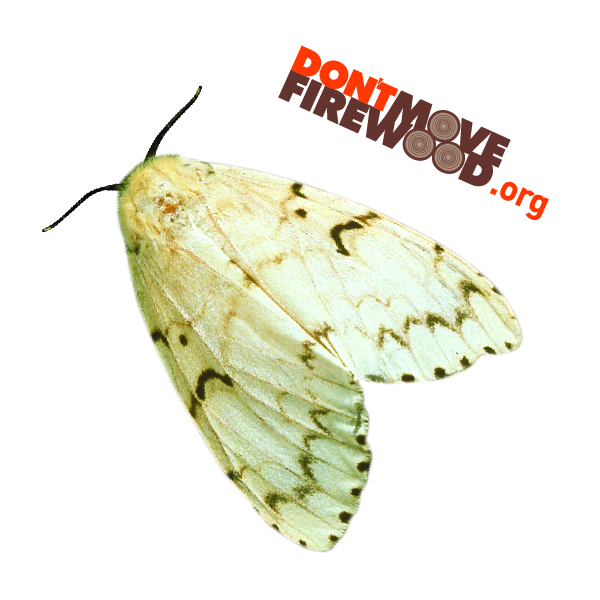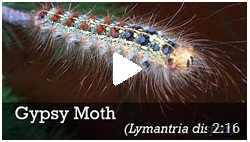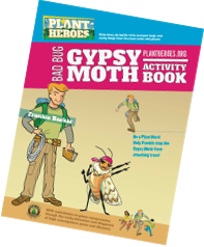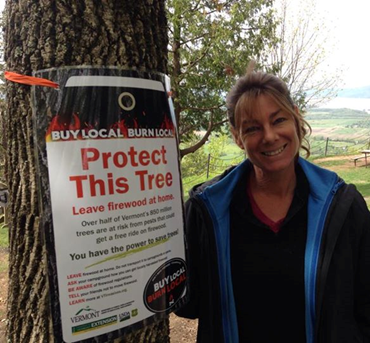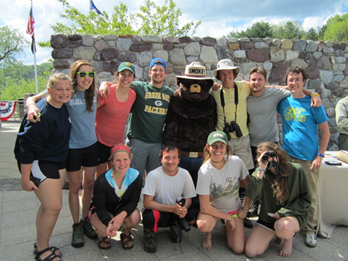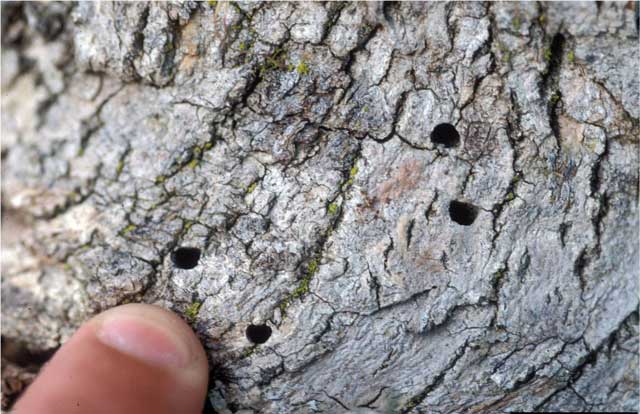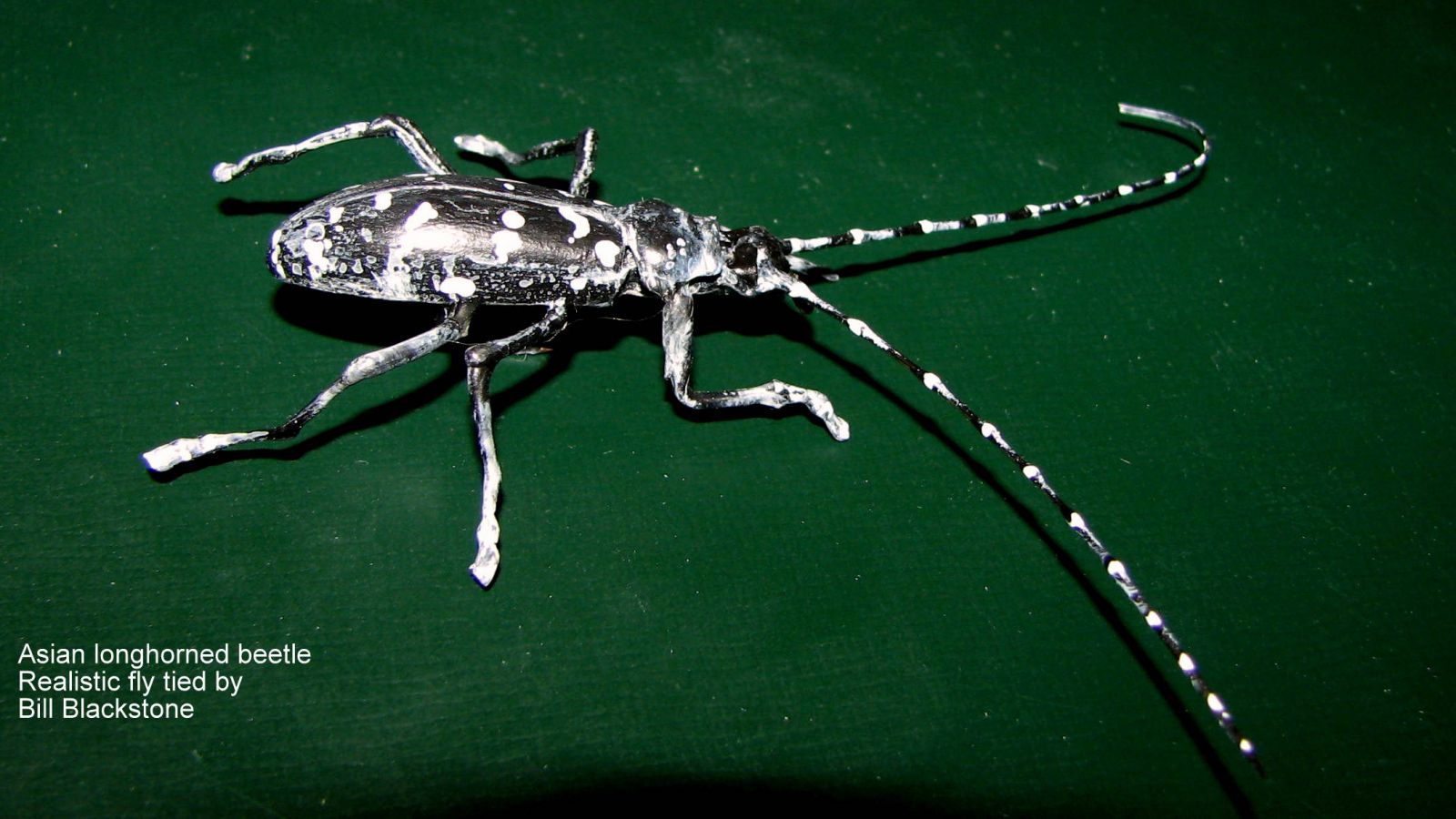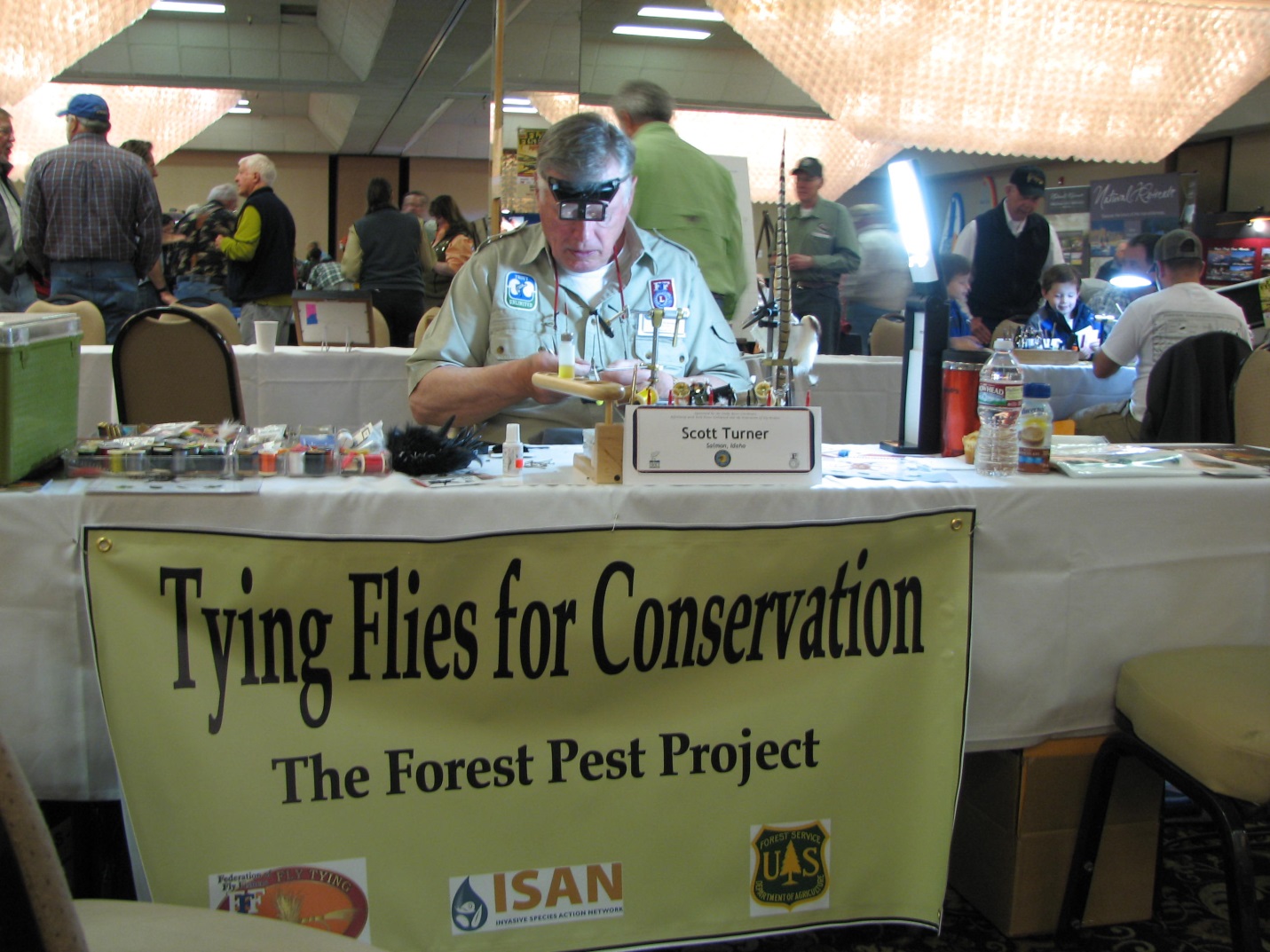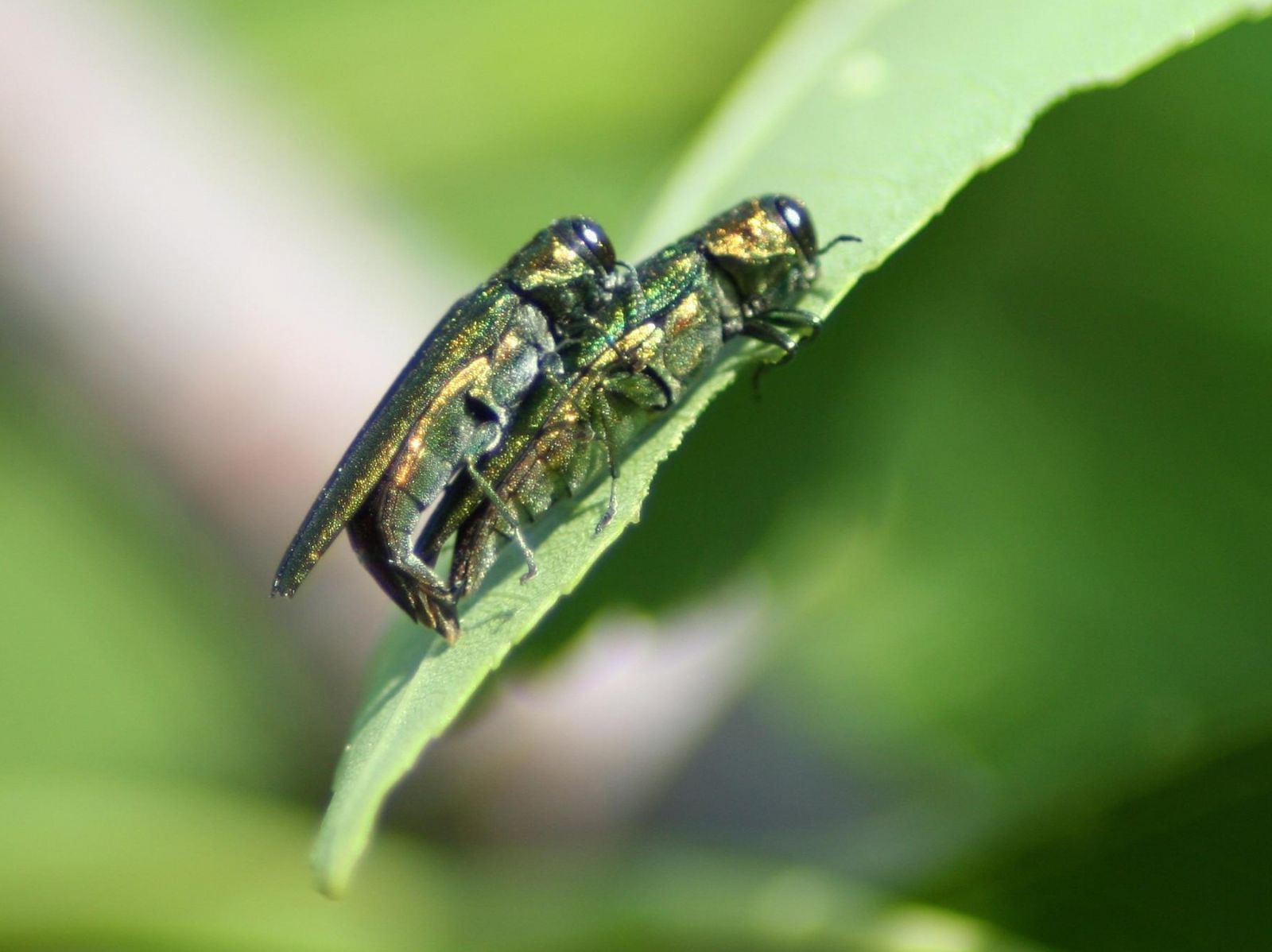Guest blog contributed by Faith Campbell, Center for Invasive Species Prevention
May we all pause to send our condolences to Maryland?
Maryland has fought for a dozen years to slow the spread of the emerald ash borer. State agency leaders knew they had ash resources worth protecting: more than 200,000 trees in the state’s principal city, Baltimore. Ashes are the most common tree in the city. The surrounding counties have even more- up to an estimated 6.5 million ash trees.
And millions of ash protect water quality and forest ecosystems of the native riparian areas and wetlands around the Chesapeake Bay. Ash constitute about 4% of the state’s trees, with higher densities in the lowland and wetland areas of the Eastern Shore – the parts of the state east of the Chesapeake Bay.
Maryland almost defines itself by the Bay, so the state has focused on trying to prevent EAB from reaching the Eastern Shore. This summer, officials learned that they have lost that battle.
According to a report by Jonathan Wilson of radio station WAMU, EAB have been caught in monitoring traps in two counties on the Shore.
Officials suspect the beetle reached the Shore in loads of firewood driven across the Bay Bridge; the trap on Kent Island, the eastern terminus of the bridge, held dozens of beetles. Steve Bell of Maryland’s Department of Agriculture says that means that EAB is well established and has already begun reproducing in the area.
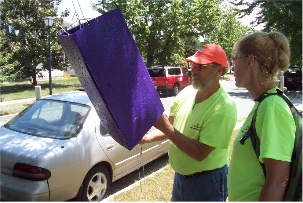
Maryland staff checking a purple trap- photo courtesy MD Dept Agriculture, EAB Program
The story in Baltimore is a familiar one. The city must find the $1 million it will cost to manage the 5,000 street trees that are ash species- and thus will be affected. The city’s entire tree management budget is only $3 million dollars, so very difficult tree management choices loom.
Maryland has hopes that the parasitic wasps introduced as biocontrol agents might eventually curtail EAB populations and resulting damage. This is a potentially effective long term solution- only time will tell if it will work in Maryland.
In the short run, we know that trees vital to both urban and rural/wildland areas will die. So let us pause to mourn Maryland’s loss.
Editor’s note: the Federal Order for Maryland’s full inclusion in the EAB quarantine was released 7/23/2015, “APHIS Adds All of Maryland to the Emerald Ash Borer (Agrilus planipennis) Regulated Area”




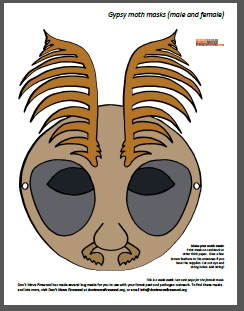
.png)
